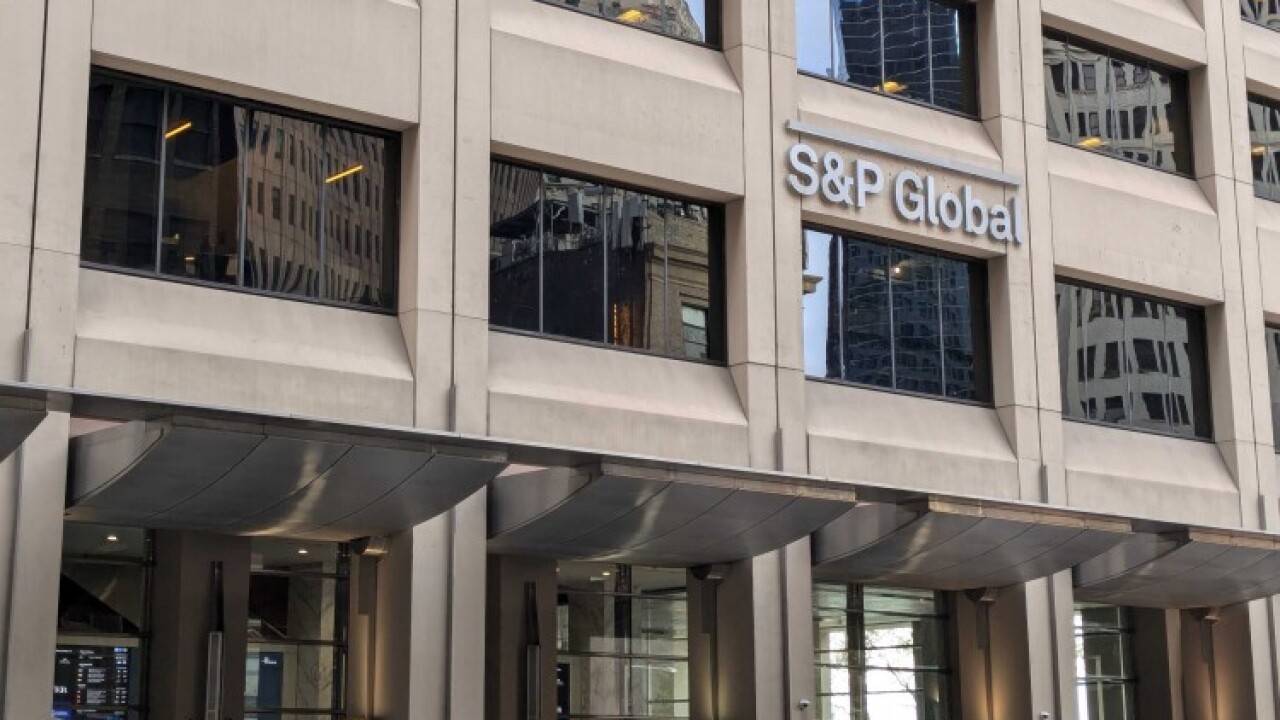Americans kept on spending in September as income gains cooled, pushing down the savings rate to the lowest this year. Inflation matched the Federal Reserve's target, reinforcing the central bank's outlook for gradual interest-rate hikes.
Purchases, which account for about 70% of the economy, rose 0.4% from the prior month, matching economists' estimates, following an upwardly revised 0.5% increase, Commerce Department figures showed Monday.
Incomes advanced a less-than-projected 0.2%, the weakest in more than a year, while Americans saved 6.2% of their disposable income, matching the lowest level since 2013.

The figures show spending in September helped lift consumption during the quarter to what gross domestic product data Friday showed was the fastest increase since 2014. Last month's rise reflected gains in durable goods, particularly motor vehicles and parts. At the same time, the slower-than-expected income growth suggests that any meaningful, sustained pay gains remain elusive, though Hurricane Florence may have had an impact on September's figures.
Risks to the outlook include President Donald Trump's global trade war -- which is boosting prices and making some companies hesitant to invest -- as well as a stock-market swoon and a fading of the effects from fiscal stimulus. At the same time, consumer optimism remains elevated amid a tight labor market and lower taxes, providing support for spending in the final quarter.
The Fed's preferred inflation gauge -- tied to consumption -- rose 0.1% from the previous month, matching projections, and was up 2% from a year earlier. Excluding food and energy, so-called core prices 0.2%, slightly above the median estimate for a 0.1% rise, and were also up 2% on an annual basis.
While inflation has mostly remained below the central bank's 2% target since 2012, it's made progress in the last few months and Fed officials are widely expected to raise interest rates for a fourth time this year in December.
The tax-cut legislation signed last year is generally providing workers with more take-home pay, and wages have been picking up as the unemployment rate fell to the lowest since 1969. Still, the gains have been gradual and inflation has eaten into the increases.
Wages and salaries rose 0.2% in September from the prior month, following a 0.5% increase, the data showed. Real disposable income, or earnings adjusted for taxes and inflation, advanced 0.1%, a five-month low.
The Labor Department's monthly jobs report, due Friday, is projected to show employers added 193,000 workers in October while the jobless rate held at 3.7%.
Durable goods spending, adjusted for inflation, rose 1.8% after a 0.9% increase in the prior month, reflecting motor vehicles and parts and recreational goods and vehicles; nondurable goods advanced 0.2% for a second month Household outlays on services, adjusted for inflation, were unchanged after a 0.3% increase; health-care spending rose, while food services and accommodations declined.





